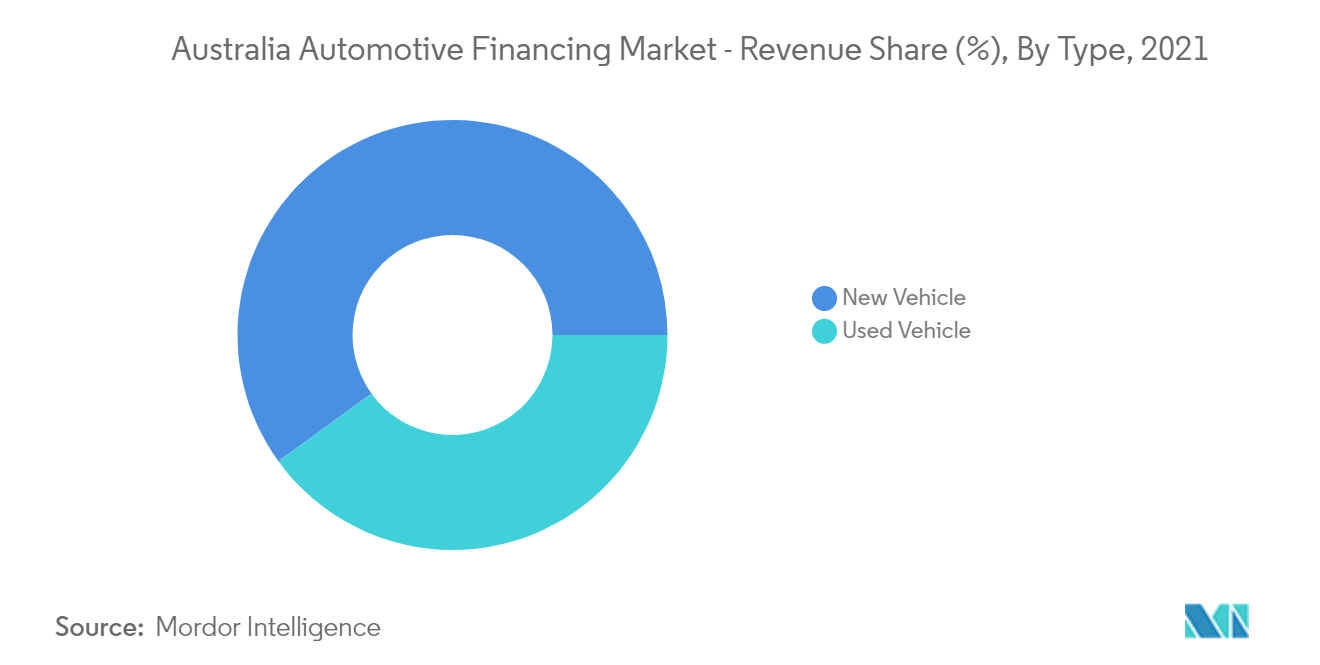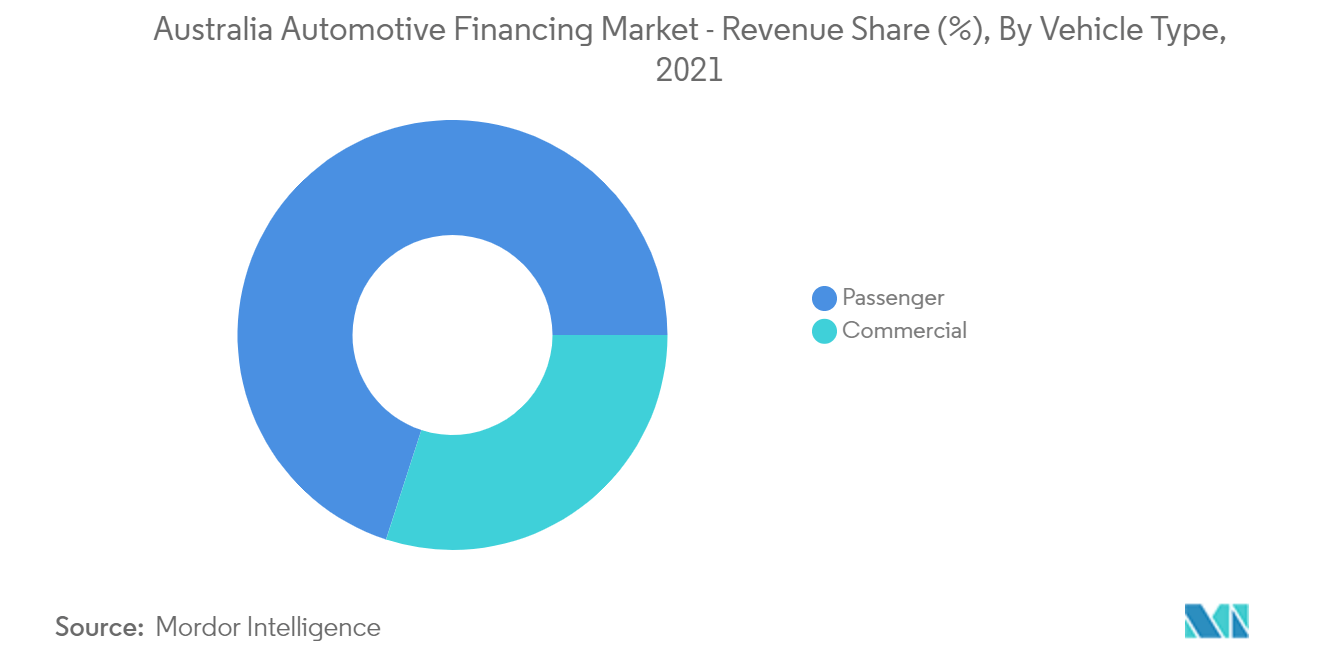Market Trends of Australia Automotive Financing Industry
This section covers the major market trends shaping the Australia Automotive Financing Market according to our research experts:
Used Vehicle to Gain Momentum
Any vehicle that has been prior owned and is now being resold through a private seller, classified ads, or local dealers without undergoing a thorough vehicle inspection test by experts is considered a used vehicle. On the other hand, a certified pre-owned (CPO) vehicle has previously been extensively inspected (pre-purchase inspection) and reconditioned properly to perfection by professionals.
In Australia, changing consumer preferences and ease of owning a pre-owned car at a much more affordable price have provided significant traction to the market. Australia is an emerging economy with lowered GDP growth rate, people have low purchasing power. Used vehicle financing helps people to own a personal vehicle at the much-lowered price at affordable EMI installments. This reduces the burden of one-time payments just with a 30% initial down payment.
Under used vehicle financing, key automakers in Australia who are offering the pre-owned vehicles fleet also offer chances of getting the vehicle financed based on a certain time period and rate of interest regulation by country's nationalized banks. Fleet operators of commercial vehicles including light duty truck and medium and heady duty trucks often go for used vehicle financing option as it help them recover the purchasing amount faster compared to new vehicles.
Used vehicle delaers and OEMs now offer with better maintainence plans, longer life services and effective discounts whoch has helped key OEM to engage the consumers attention. OEM, finacier thus offer reasonable rate of interest and loan tenure which has helped people to reduce financial burden.
Considering these prominent factors for used car landscape in Australia, demand is expected to witness moderate growth rate during the forecast period.

Passenger Cars to Hold Highest Market Share
According to the Federal Chamber of Automotive Industries, new vehicle registration in August was 95,256 out of which passenger car sales registered 19,997 units. Moreover, passenger car sales stood at 2,21,556 units during the 2021 period with a decrease of 0.2% compared to 2020. Companies including Toyota, Mazda, Kia, Hyundai, and Mitsubishi registered maximum share in the car sales.
The passenger cars sold in Australia comprise of executive, mini cars, and sports cr which have gained much traction in the historic years. The Australian government has also been the flag bearer for elevating the demand for electric vehicles in the country.
- In February 2022, The Australian Government announced its investment of USD 6.1 million to accelerate the JET Charge's roll-out of electric vehicle charging infrastructure which has been a key challenge hindering electric vehicle adoption in the region. Moreover, JET Charge will install EV chargers in dealerships, for both public charging networks and residential spaces.
- Furthermore, The McGowan Government is constructing Australia's longest electric vehicle fast charging network by installing charging stations at every 45 locations across the states. This Installation of the charging stations is scheduled to begin in mid-2022 with the network is expected to be fully operational by January 2024.
With changing passenger vehicle landscape in Australia, in August 2022 Bank Australia shall stop giving the loans for IC engine model cars from 2025. The banks in Australia will only finance the hybrid and electric vehicles in order to take the country towards green economy.
Considering these factors and developments, demand for passenger sales financing is expected to witness high growth rate during the forecast period.


